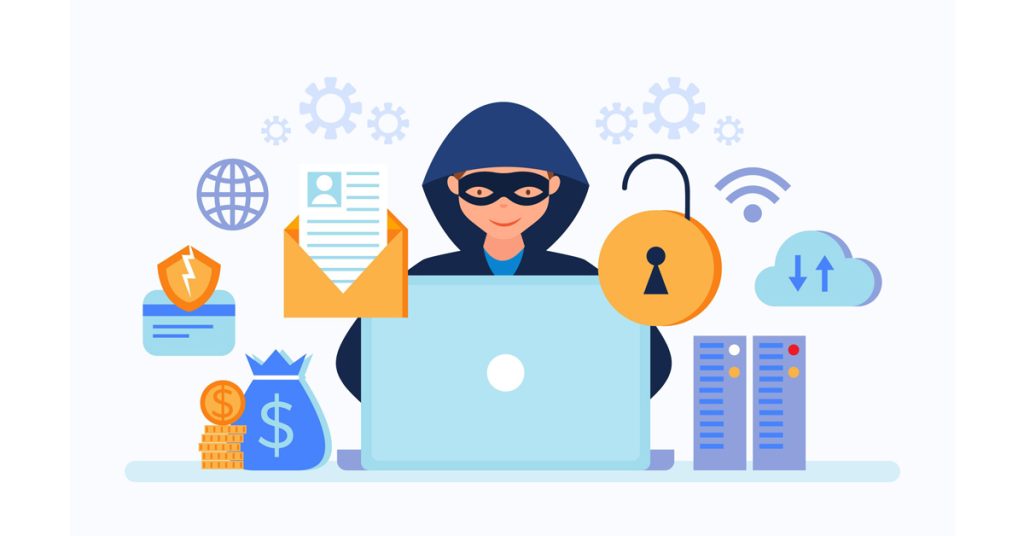Yes, we are indeed facing a global ransomware crisis, and improving password security can play an important role in preventing ransomware attacks. Here are some key points on how password security can help mitigate the ransomware threat:
- Weak passwords are a major vulnerability: According to the Verizon 2022 Data Breach Investigations Report, stolen credentials are one of the top ways ransomware attackers gain initial access to systems. Weak, reused, or compromised passwords make it much easier for attackers to breach networks.
- Implement strong password policies: Organizations should enforce policies requiring long, complex passwords that are unique for each account. Password managers can help employees generate and use strong, unique passwords for all their accounts.
- Use multi-factor authentication (MFA): Implementing MFA, especially phishing-resistant MFA, adds an extra layer of security even if passwords are compromised. This is considered one of the most effective ways to prevent unauthorized access.
- Regular password audits: Organizations should regularly audit user passwords to identify weak or compromised credentials. Password screening tools can check passwords against lists of known compromised passwords.
- Avoid password reuse: Employees should be trained not to reuse passwords across multiple accounts, as this allows attackers to leverage credentials stolen from one service to access others.
- Implement least-privilege access: Limit user account privileges to only what’s necessary for their role. This reduces the potential damage if a single account is compromised.
- Secure privileged accounts: Administrators and other high-privilege accounts should have extra protections like more frequent password rotation and stricter MFA requirements.
- Consider passwordless authentication: Moving to passwordless methods like biometrics or hardware tokens can eliminate many password-related vulnerabilities.
- Train employees on password security: Regular security awareness training should educate users on creating strong passwords, recognizing phishing attempts, and following good password hygiene.
- Monitor for compromised credentials: Use threat intelligence services to monitor for leaked passwords associated with your organization’s accounts.
While improving password security alone won’t completely prevent ransomware, it’s a critical component of a comprehensive ransomware defense strategy. Combined with other measures like regular software updates, network segmentation, endpoint protection, and robust backup practices, strong password security can significantly reduce an organization’s risk of falling victim to a ransomware attack.
